Canon makes four different EF-EOS R mount adapters that allow you to use EF and EF-S lenses on EOS R mirrorless cameras. Two of these adapters, the Drop-In CPL Adapter and the Drop-In Variable ND adapter, are essentially the same adapter but with different drop-in filters supplied with them.
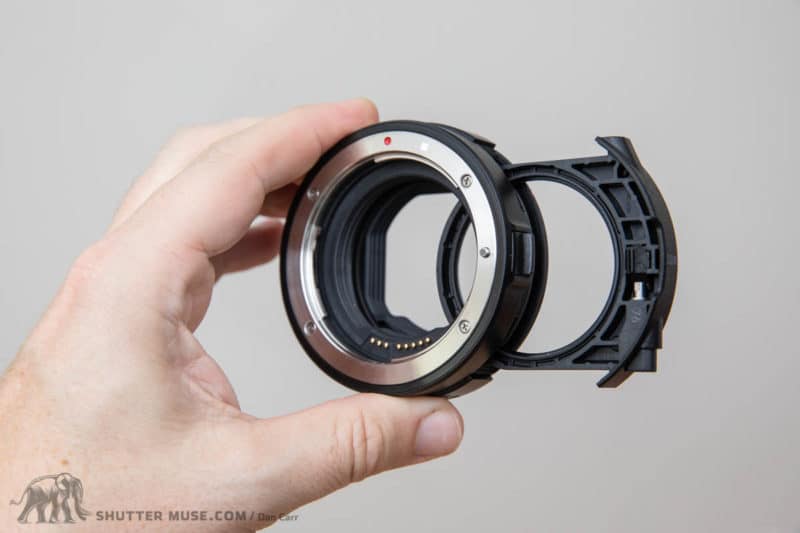
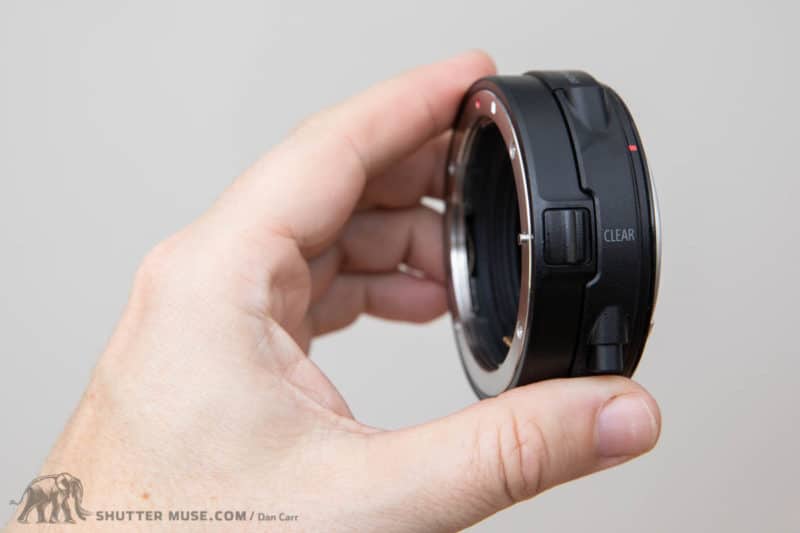
The circular polarizer and the variable ND filters are nice to have as lens mount adapter options, but if you own one of those and simply want to use the adapter without the effects of those filters ,you have two choices:
Firstly you can simply buy a second adapter, with the simplest standard adapter, the EF-EOS R Mount Adapter being $99.
Secondly, you can buy the Canon Drop-In Clear Filter A which is the subject of this quick review. The clear filter is simply a plane glass filter that slots into the adapter once you have removed the CPL or variable ND. Without sliding in the clear filter, there would be a large gap in the side of the mount adapter which would mess up the exposure of all your photos, so something must be put into that slot.
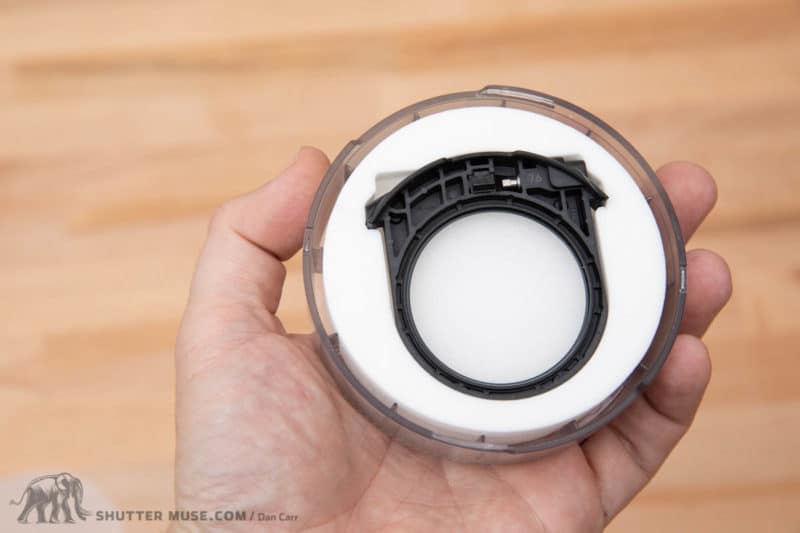
The Clear Filter A costs $129, which is pretty steep for a blank glass filter. Especially when you consider the lesser $99 cost of the regular mount adapter! For this reason, I don’t see too many people buying the Clear Filter, and I think most will be satisfied with saving a few dollars and simply swapping the mount adapters around entirely.
Where you might not want to do this is in dusty or sandy landscapes. Removal of the mount adapter leaves the camera’s sensor more vulnerable to dust and dirt. If you plan on taking a trip to the beach or the desert, it might be better to be swapping out the drop-in filters instead, and sucking up the additional $30 cost. Of course there is also a marginal weight saving to be considered, if you buy this Clear Filter instead of a second mount adapter.
In my testing of the clear filter, I noticed no colour cast or difference in sharpness when the filter is used. That’s good news, and now it’ll just be down to you as to whether it’s worth buying the clear filter or a second, standard mount adapter for a few bucks less.
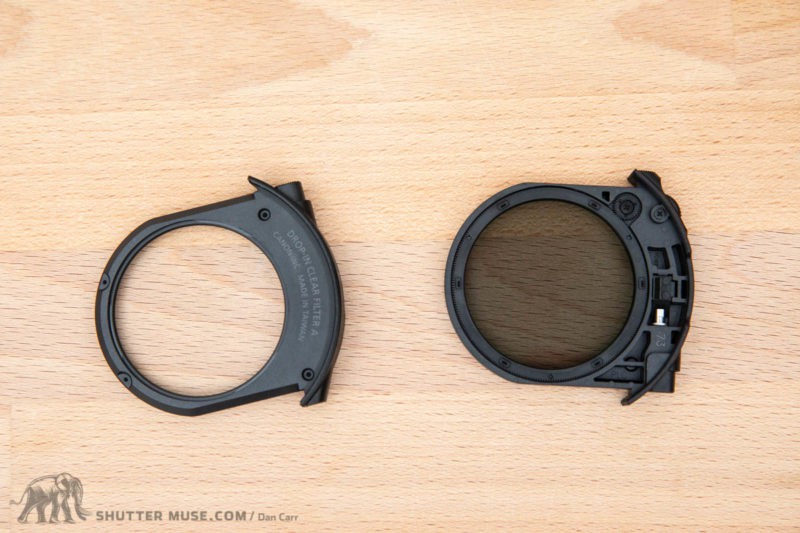
Where to buy
As always, it’s greatly appreciated when you use our links to make your purchases. We may make a small commission when you do this and it helps us bring you more content in the future. The adapter can be purchased at:




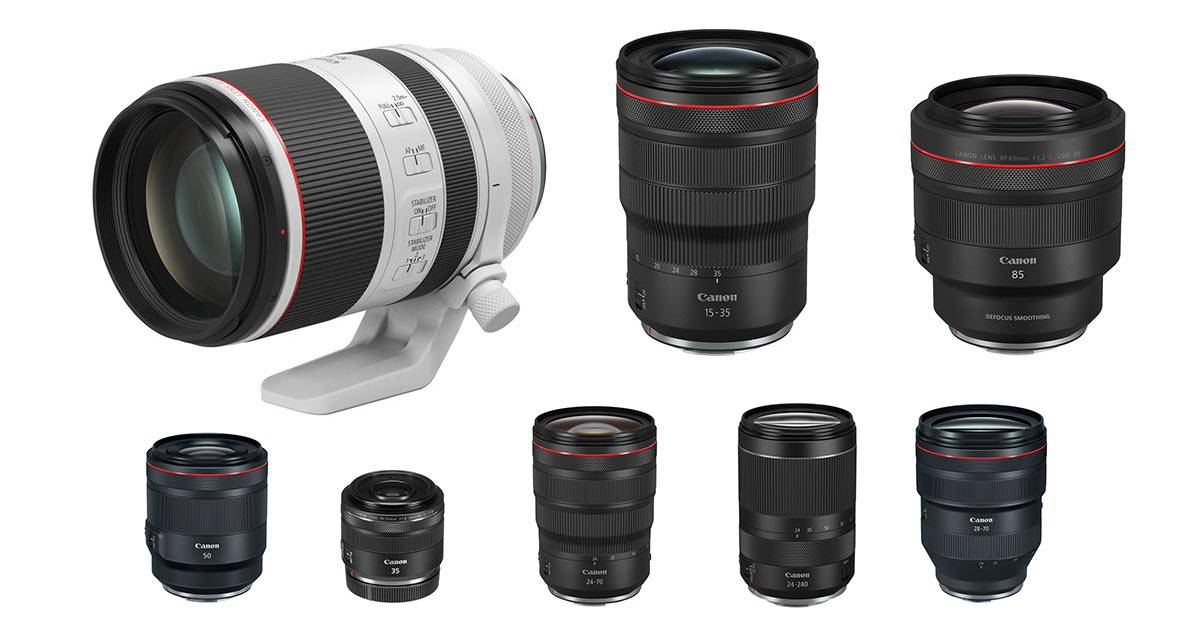
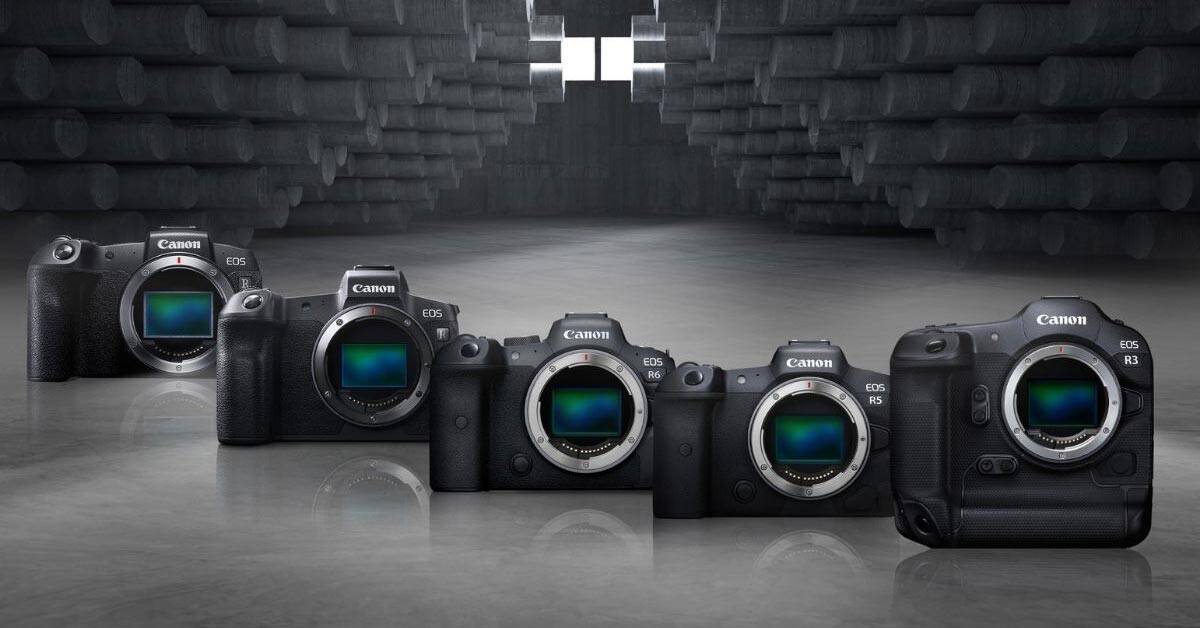
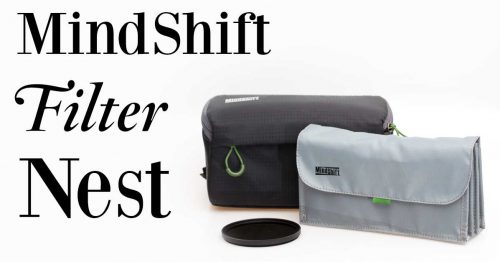
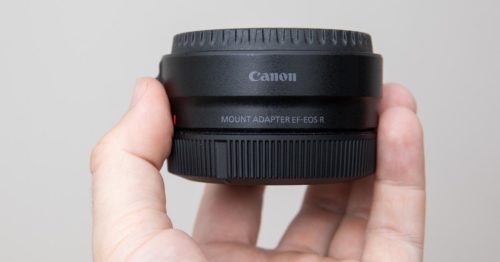
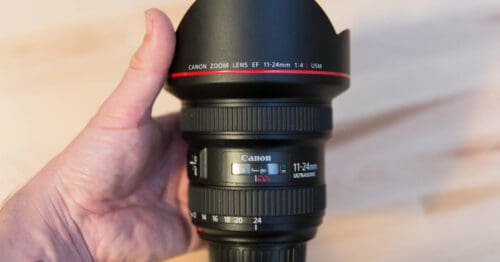
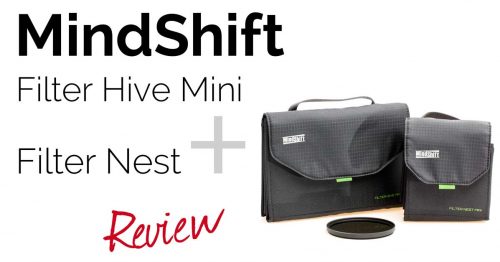
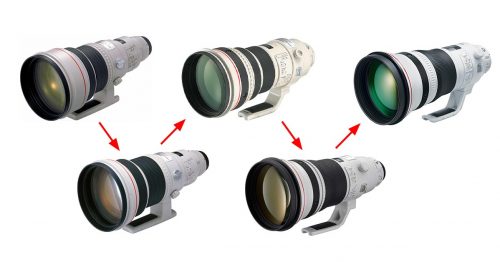
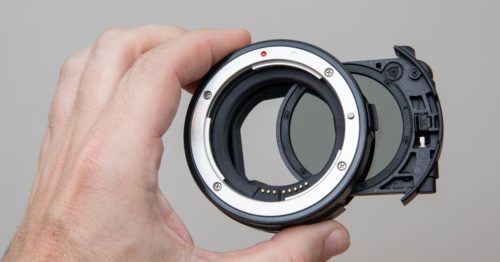
Clear glass is probably what many people wolud appreciate mounted on their mirrorless cameras, to protect sensor and inside from dust.
When not needed, maybe just 3D-print a “blind” drop-in? It seems to be simple project .
I don’t think that is simple for most people 🙂 Feel free to share a link to the 3d files if you create one!
Isn’t putting a piece of glass in the clear filter unnecessary? All we need is something to fill in the hole when the polarizing filter is not there.
Yes I agree it seems a little unnecessary. However, I’d also point out that all of Canon’s super telephoto lenses have a clear filter in them in their drop-in filter holder. Almost certainly the same filter, with a slightly different shape holder. Those are Canon’s highest quality lenses, some of which cost over $15,000. So if the clear filter had a negative effect, I think they would have already established this. I think we should probably trust Canon on this one.
There are various tele lenses with a drop-in filter slot, and as far as I know they usually require that there is a clear filter in place if no effect filter is needed. Without filter the focus will be off. (E.g. my good old Canon FD 300mm/4 is like that: if I focus at, say, 15m, and then take the filter out, I must turn the focus to about 19m.)
This is because filter also affects the light path in the lens, and the optical design is made to work correctly with a filter.
Now, I’d like to know how this specific adapter works if you simpy take the filter out (you might stick some tape over the slot to keep light and dust out). Will it change the focus compared to with filter? This would have some effect with manual lenses at least. I’d think it is strange if there is no effect, but is it not considered as an issue because the lenses are mostly autofocus? Or are the filters so thin that the effect is negligible?
Interesting. I guess there might still be an affect, but since these are mirrorless cameras it makes no difference when using on-sensor autofocus. This would be for the same reason that Canon DSLRs all have a function to manually adjust the back/front focus of a lens, but this feature is missing (because not necessary) on a mirrorless camera.
The more I type this out, the more sure I become that this is the reason. With these cameras performing AF on the actual sensor, it would not matter if the glass is there. The camera essentially compensates for it on the fly.
Dan, I agree otherwise, but since the focus needs to be turned towards longer distance when there is no filter, I’d guess that lenses wiht a hard stop at infinity would not be able to focus to infinity without the filter. This problem could be avoided if the adapter is actually a bit shorter than nominal.
Have you the adapter? Can you do some testing? 🙂
Sorry I don’t have this adapter anymore. It was on load for the review and I sent it back long ago.
Yeah, I was wondering about the focal distance. I’m sure Canon guys knows what they’re doing but I’m hoping they’re not just putting wool over our eyes to make bucks… I ordered the ND and the clear glass. Will do some test. I was thinking, alot of L lenses that I have focuses past infinity. I was told many years ago that it was because the temperature can fluctuate the mechanics of the lens and they needed some elbow room to correct for it. Not buying that 100%, but if there is that wiggle room, maybe those lenses can accomodate the “no glass” space issue? Meaning those lenses that focus past infinity can focus out to infinity without glass. So a gaff tape would be a cheap workaround… We’ll see when I get this thing.
Hi, have you tested this yet? You can find a cheap €20 3D printed plastic adapter on Amazon that basically plugs the gap. So the question is, is this clear filter really doing something or will it focus just fine without it? I don’t see why not.. from the looks of it, it’s just a piece of flat glass and isn’t doing anything to bend the light coming through it. Thoughts?
Might have some concerns about connecting two heavy and expensive items with a cheap lightweight adaptor. If you have ever seen a 500mm lens fall off a DSLR which was connected by a plastic 2X extender you will think twice about cheap-skating. “Buy cheap : pay dear”
—This is not me condoning Canon’s pricing structure which is ludicrous, not to mention the fact that if you want a second canon EF/R adaptor you have to buy it with an equally expensive Canon filter.
—Other quality makes are out there, I have two Meike adaptors and use them with Breakthrough Filters. This combination works well for me including an IR filter.
—Seems to me that EF lenses -assuming you have them already- are a good option for the newer R series camera bodies.